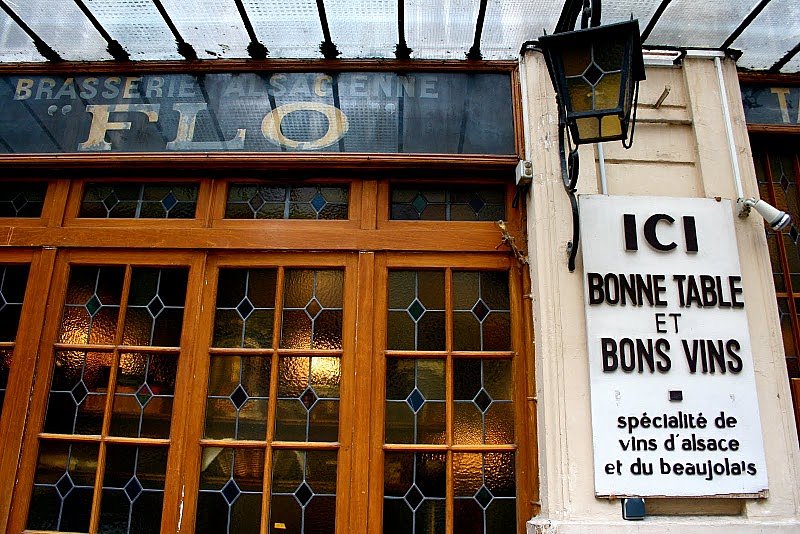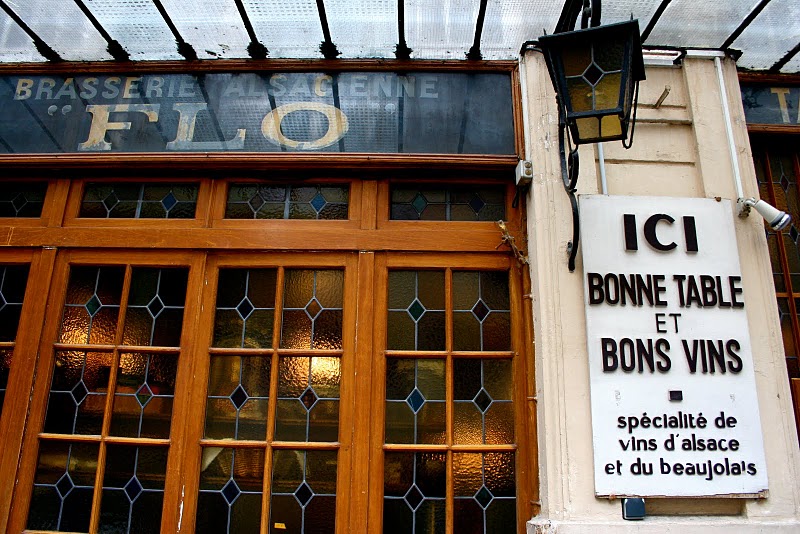Bistros and Cafés

Thu 7 Jan 2010

Before setting out for an unforgettable day of dining in Paris, it’s important to understand the differences between these types of establishments. And once you do, it’s important to understand that the distinctions are becoming blurrier all the time.
Bistros are generally small, often family run and open for limited hours at lunch and/or dinner. The food is typically hearty and traditional; but today’s bistro chefs are putting out creative, inventive cuisine, and many bistros have been opened by chefs who paid their dues at high-end restaurants before striking out on their own. Like the food, the wines can range from basic to spectacular. A few favorites are Le Bistrot Paul Bert, Chez Michel, La Régalade, Chez l’Ami Jean and Jadis. Always reserve not just to make sure you have a seat but out of politeness.
Restaurants are traditionally the most formal of the lot, and from them you can expect an elegant, multicourse meal, careful service, great wine lists and a hefty check. This term certainly applies to legendary two- and three-star tables like Taillevent, Le Meurice, L’Arpège and Pierre Gagnaire. Booking in advance is imperative.
Brasseries, Alsatian in origin and many with glowing belle époque decor, are iconic of Paris dining. Numerous brasseries still serve specialties like choucroute garnie and have beers on tap, but you can expect a broad menu and a bustling atmosphere. Many have oyster stands out front where an écailler prepares grand platters of shellfish. Two of the most famous—Bofinger, with a stunning stained-glass dome ceiling, near the Bastille; and Lipp, in St.-Germain-des-Prés—are worth visiting for the atmosphere, though perhaps not for the food. Other classics include Julien and Le Grand Colbert.
Wine bars emphasize wine, offering several glass pours and very often selling bottles to take away. Some of them, like L’Avant Comptoir, are very casual, have counter service, and offer cheese and charcuterie to snack on. Others—like Le Chapeau Melon or Les Papilles—resemble bistros, and are known for their cooking as much or more than for their wine. Don’t let the word bar fool you: most of these places require reservations.
Cafés are casual places open all day, (almost) every day, where you can stop for a drink, a coffee or a simple meal anytime. They function as meeting places for friends or colleagues, “desks” for writers and students, and rest stops for visitors tired of walking. The most famous cafés are probably Les Deux Magots and Café de Flore, both in St.-Germain-des-Prés, but there are cafés on or around every corner in Paris.
For more about dining, read Eating Out in Paris . . . With Kids, Dining on the Fly: How to Sniff Out the Best Restos and Franco Files: The Rude Waiter.